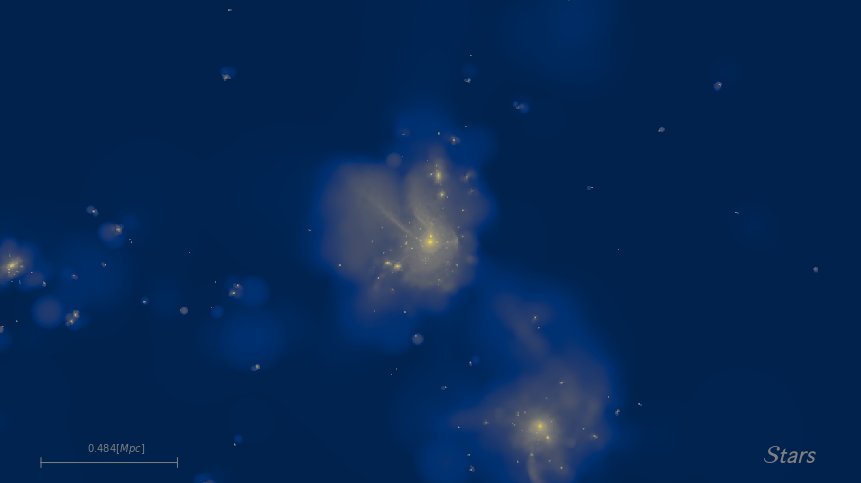What do phylogenetic trees tell us about the merging history of the Milky Way?
Building trees from stars living in the galactic halo might provide us with novel and interesting insights about the merging history of the Milky Way. We choose the galactic halo because its stellar content is made of stars of different origins that were accreted into the Milky Way. The problem with using real data is that it is not possible to know for sure which stars have ex-situ or in-situ origins. Therefore, we use simulated galaxies in a cosmological context. Since we know exactly what is the history of each simulated galaxy, we can track back stellar particles in time along their merger trees, and assess the performance of our techniques to build phylogenetic trees. In the simulations, we can further explore different merging scenarios and diverse star formation histories, and so understand better the impact of different formation scenarios on the overall trees.
Our latest paper, which consists of a substantial part of our student Danielle de Brito Silva’s PhD thesis, is the first study of phylogenetic trees in numerical simulations. On this occasion, we considered a simulation of a galaxy that evolved in isolation, because to know how to reconstruct the complex histories of galaxies with phylogenies, we first need to know how trees of simple histories look like. They look very imbalanced, with star particles ranked by their ages e.g. one lineage evolves over time. Their lengths, however, depend on the star formation efficiency. The more stars formed, the longer the trees. This work marks a highlight, as it represents a solid PhD chapter supervised by the ERIS directors and multiple discussions in person and online over the past two years with the entire collaboration. This paper is the seed for many following works for more masters and PhD theses. The natural next questions are how can we use the tree imbalance and length to study different star formation and merging histories. Our hands are getting dirty!


